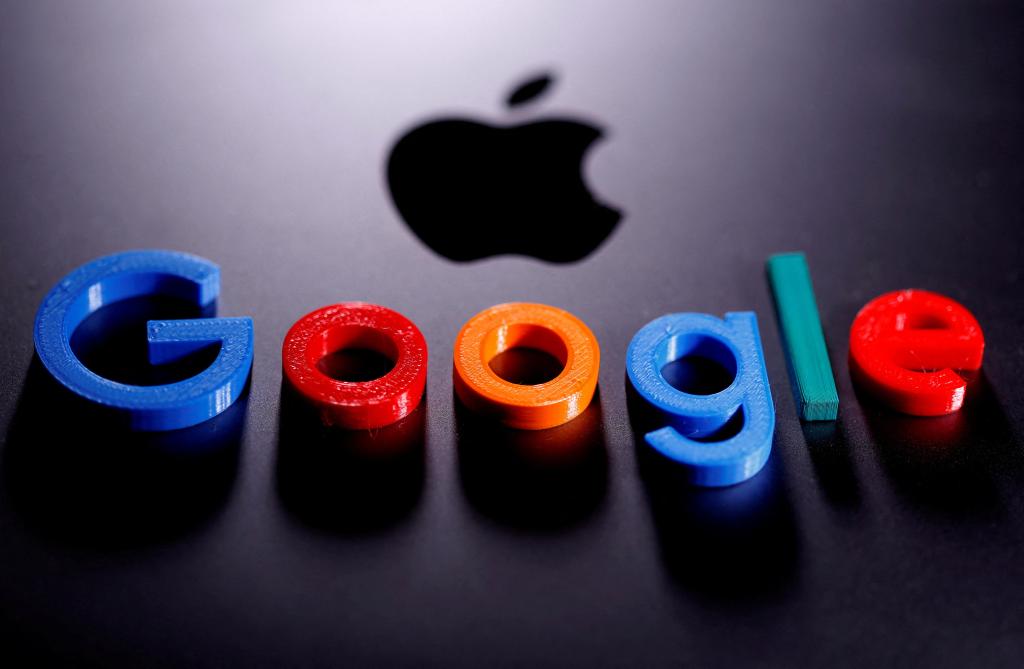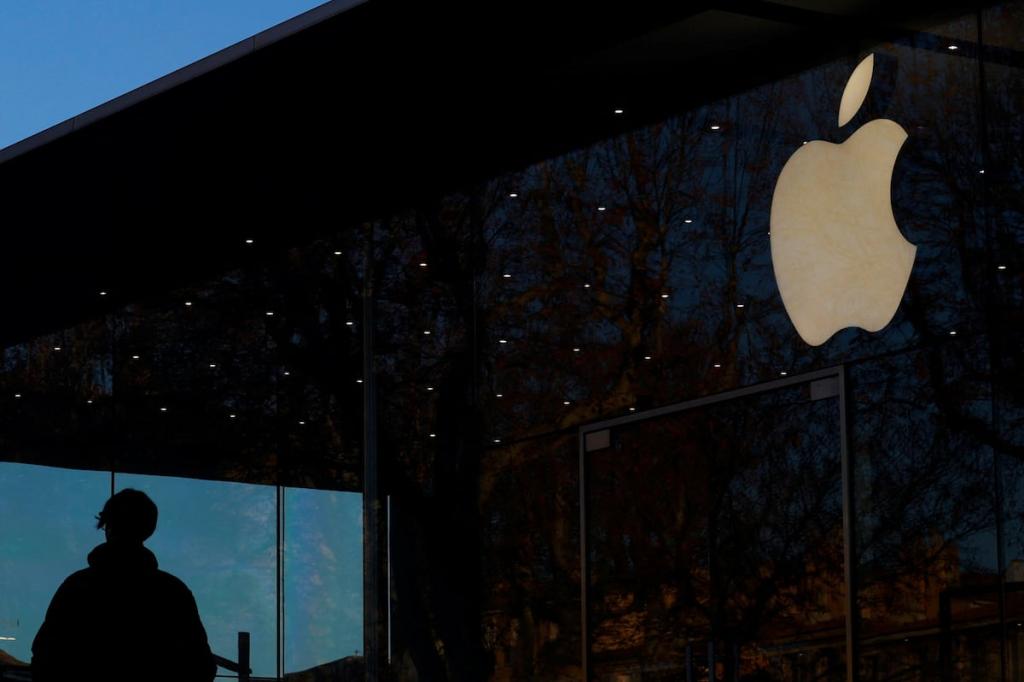Apple Abandons iPhone Subscription Service and What It Means
Apple's decision to abandon its iPhone subscription service reveals key insights about consumer preferences and regulatory challenges in the tech industry.
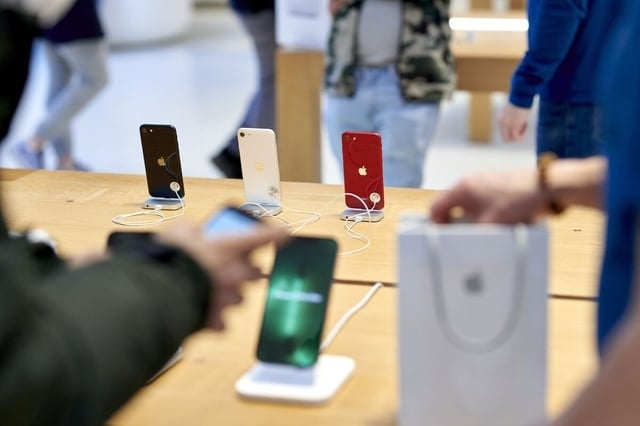
Key Points
- Apple has abandoned its plans for an iPhone subscription service due to regulatory challenges and changing consumer preferences for device ownership.
- The company's existing financing options like the iPhone Upgrade Program remain popular among consumers looking for flexibility without the complexities of subscription models.
- This strategic shift highlights Apple's commitment to strengthening its core business and maintaining positive relationships with telecom partners.
In the ever-evolving landscape of consumer technology, companies are constantly exploring new ways to engage and retain their customer base. Recently, Apple made headlines by announcing that it would no longer pursue its plan to introduce a hardware subscription service for the iPhone. This shift marks a significant change in Apple's approach to consumer retention and purchasing models. What does this mean for Apple, its customers, and the tech industry at large?
Initially proposed in 2022, the iPhone hardware subscription service aimed to create a model akin to leasing a car, where customers would pay a monthly fee for the right to use and upgrade their iPhones annually. This innovative concept was designed to further integrate customers into the Apple ecosystem by simplifying the purchasing process and appealing to the increasing desire for flexible payment options. According to reports, the service faced regulatory hurdles and software issues, leading to its ultimate demise.
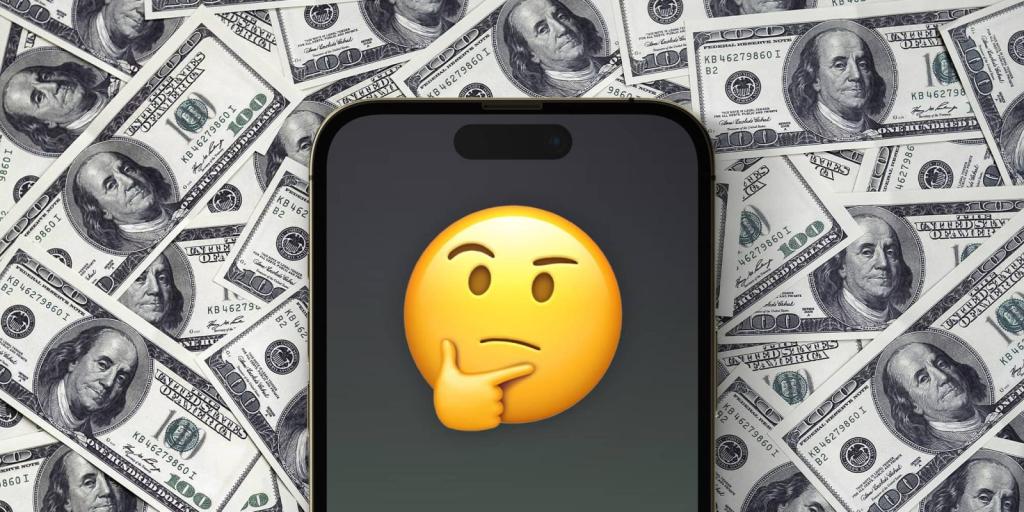
One of the driving forces behind this subscription service was the recognition of changing consumer behaviors. Many users tend to hold onto their devices longer than before, as highlighted by a 2023 YouGov survey revealing that about 70% of Americans prefer to keep their phones for at least two years. This sentiment underscores the challenge Apple faced in creating a compelling subscription model that would entice customers to swap devices more frequently. The company's goal was clear: increase sales and foster a deeper commitment to the Apple brand by transforming ownership into a more fluid relationship.
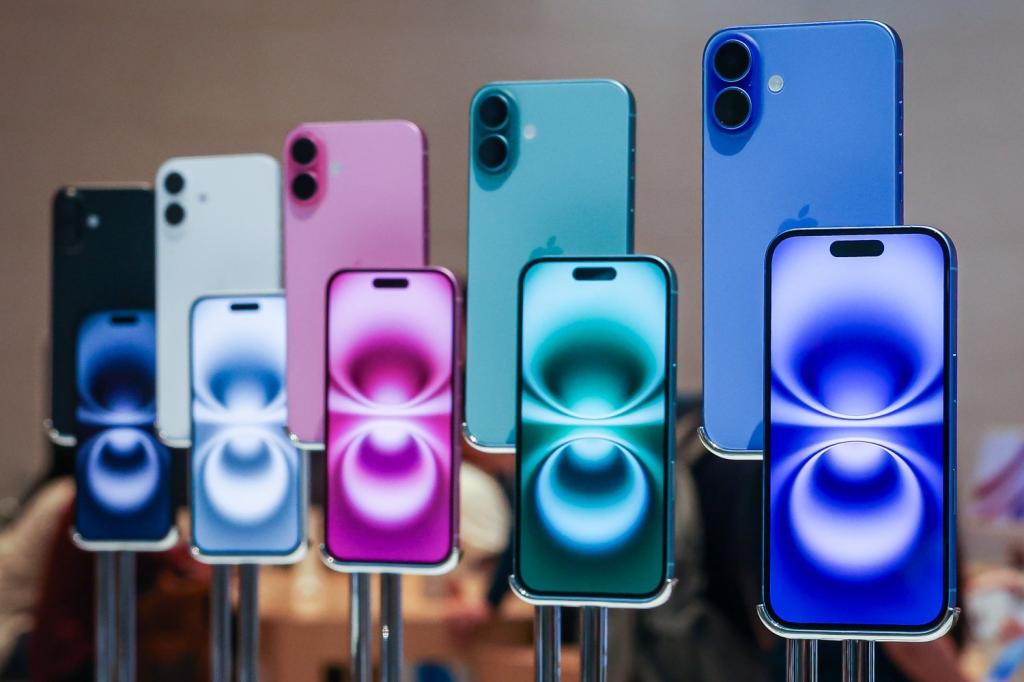
However, the tentacles of the traditional purchasing methods remain deeply embedded in the consumer psyche. Apple's existing programs, such as the iPhone Upgrade Program and Apple Card Monthly Installments, allow users to spread the cost of their devices over time while ultimately owning the product. These options are well-received and serve as a reminder that while subscription models can offer convenience, they may not align with consumer desires for ownership that persists after payments are made.
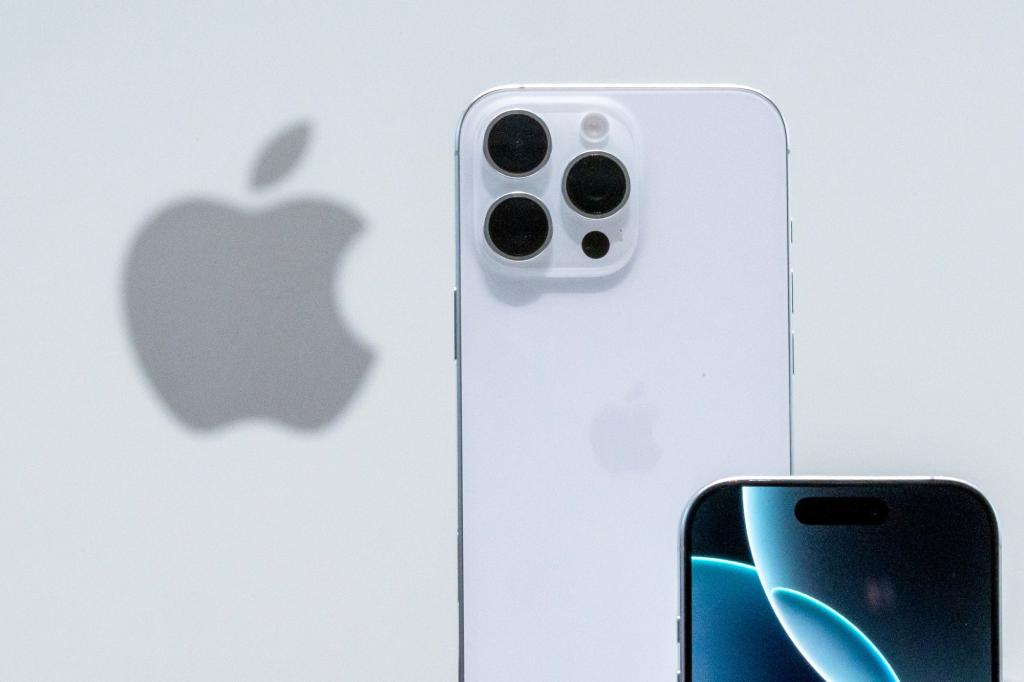
Program">
The Regulatory Roadblocks and Industry Impact
Another critical factor in Apple's decision was the regulatory landscape surrounding financial products. The company recently discontinued its Apple Pay Later program, which allowed customers to split their purchases into smaller installments. Both initiatives would have required compliance with regulations similar to those imposed on credit card companies, a meticulous path that Apple opted to avoid given its complexities and the small market impact of these services.
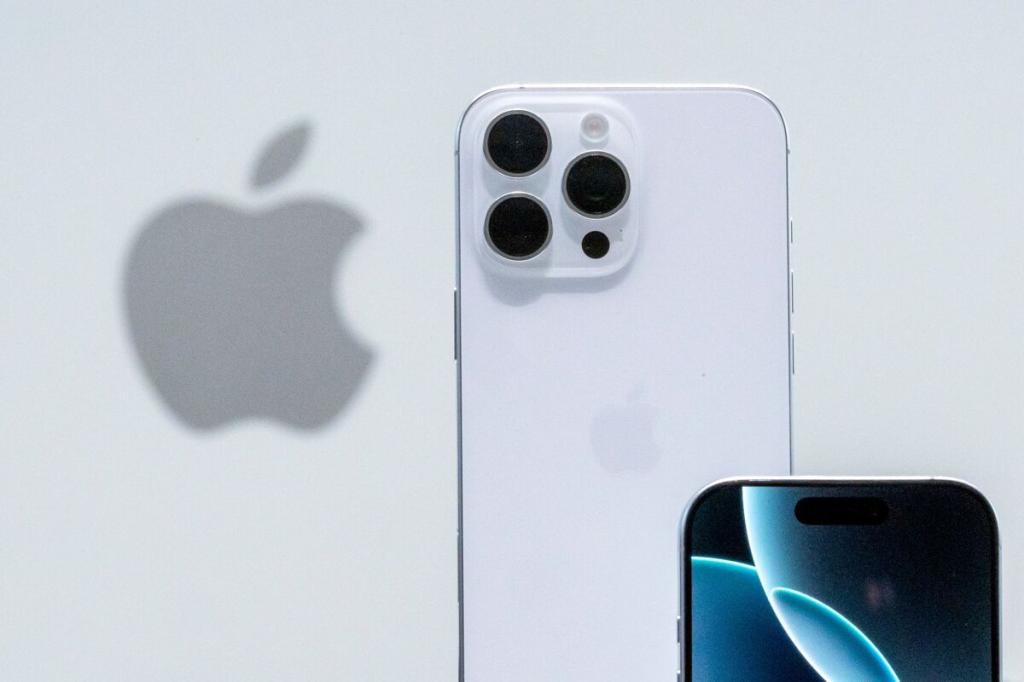
This cautious approach signifies Apple's desire to protect its reputation and maintain its focus on its core business model—selling devices rather than managing multifaceted financial services. By refocusing on established payment methods, Apple continues to strengthen its foundational relationship with customers and carriers alike, avoiding potential conflicts that could arise from directly competing with mobile carriers' own financing programs.
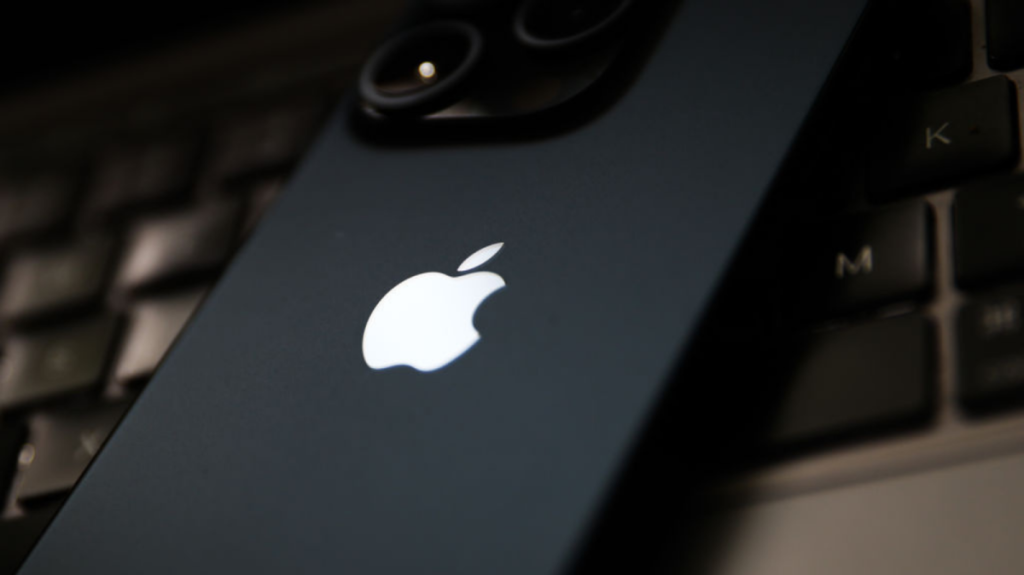
Looking Ahead: Apple's Path Forward
As Apple turns its attention back to familiar ground, it is crucial to acknowledge the existing avenues through which customers can finance their purchases. The iPhone Upgrade Program and Apple Card Monthly Installments already provide a robust framework for those looking to manage the costs of their devices over time. Going forward, Apple might explore partnerships with third-party financing companies to innovate its offerings without incurring the regulatory burdens associated with direct lending.

In summary, Apple's decision to abandon its iPhone subscription service underscores the complexities of consumer preferences, regulatory challenges, and the delicate balance of maintaining positive relationships with telecom partners. By sticking to its successful strategies and understanding its customer base, Apple is well-positioned to navigate the fast-paced tech landscape successfully. The future remains exciting for Apple as it continues to innovate within its established frameworks, reinforcing its status as a leader in consumer technology.

